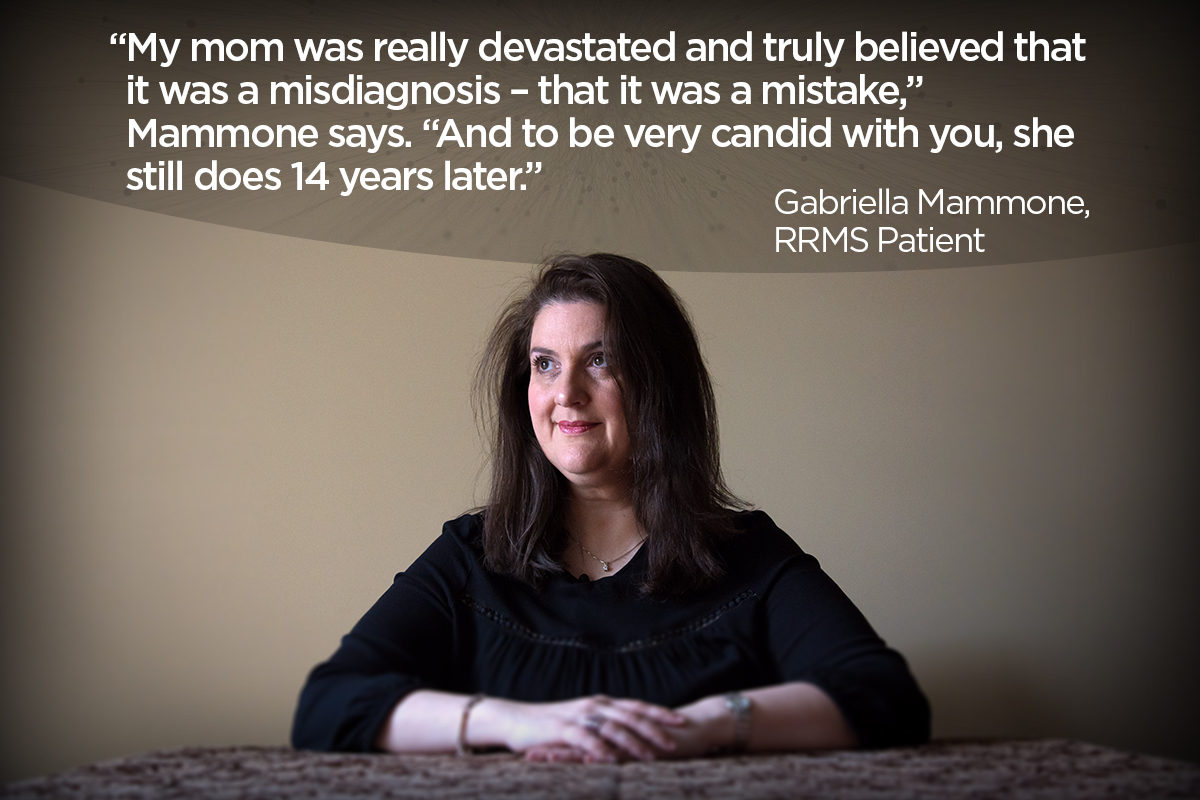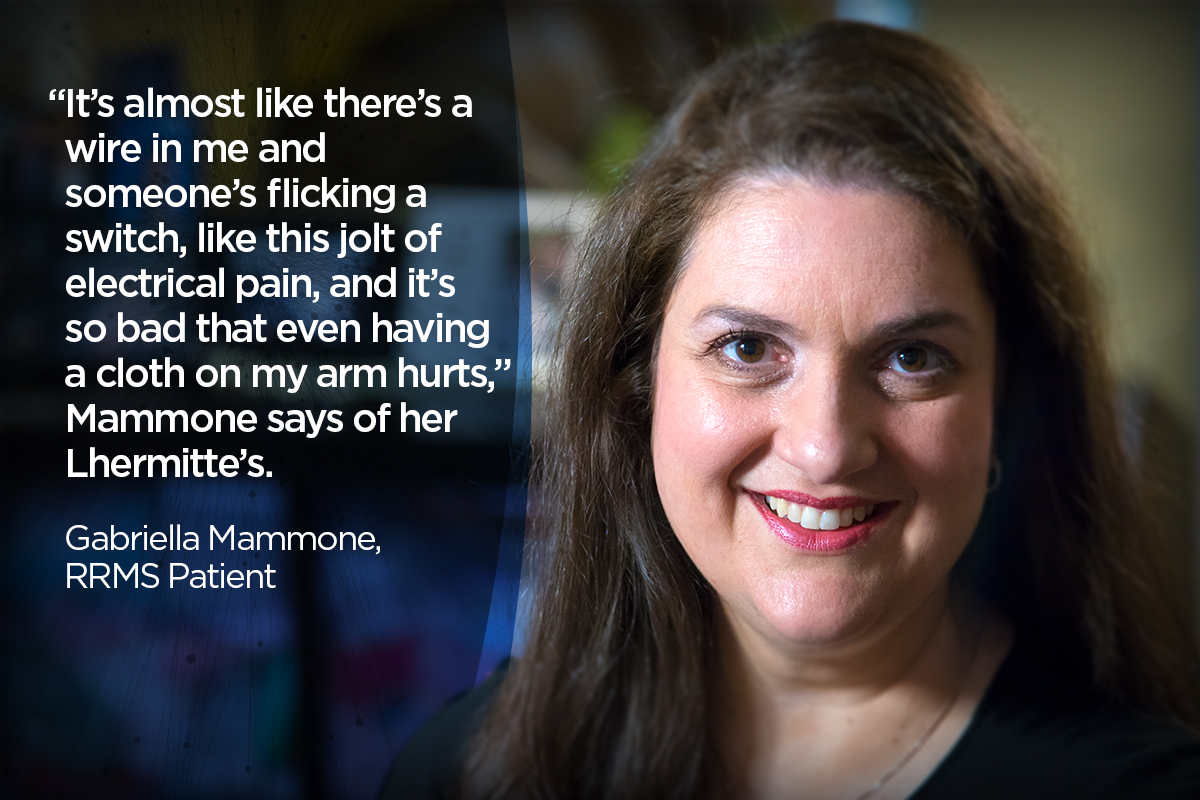
An invisible disease. A tailor-made disease. Canada’s disease.
Whatever label you choose to give it, multiple sclerosis (MS) is a difficult disease to explain — let alone understand — especially for those who don’t have it.
Age, sex, family history and climate are all believed to be risk factors contributing to the onset of the disease. Women, for example, are more likely to be diagnosed with MS than men, although men often (but not always) experience more debilitating forms of the disease. But no matter how much you try to describe the “typical” MS patient, you’ll quickly come to understand one thing: there isn’t one.
It’s estimated that over 93,500 Canadians of all ages currently live with MS — an inflammatory neurological disease of the central nervous system that impacts one’s brain, spinal cord and optic nerves — and the Public Health Agency of Canada anticipates that number to rise to 133,635 by 2031. Canada is the country with the highest rate of MS in the world, Statistics Canada reports. While there are theories as to why that is, the ultimate cause of MS remains a mystery.
To get an understanding of MS and just how different the disease is from person to person, here are the stories of three Canadians at three different stages of the disease.
Gabriella and relapsing-remitting MS (RRMS)

Looking at Gabriella Mammone, you’d never guess she was fighting an unbearable feeling of constant fatigue. Her vibrant and peppy personality has the power to fool anyone – and it often does.
The crippling fatigue the Mississauga, Ont., resident experiences every day can be so overwhelming that something as simple as climbing a set of stairs can feel like Mount Everest for the 44-year-old.
It started with incontinence issues, a tingling in her fingers and feet and a numbness she couldn’t explain. At first, it seemed like a bunch of little symptoms here and there that didn’t make sense or add up to anything. She had no idea that they were the budding symptoms of relapsing-remitting multiple sclerosis (RRMS).
“I was going to the gym and I remember I had just purchased a brand new pair of running shoes and my feet would become numb at maybe 20 minutes of exercising,” Mammone, who was 30 at the time, recalls. “I remember emailing the shoe company saying there was something wrong with their shoes.”
Noticing a buildup of strange symptoms, Mammone visited her doctor.
“It actually took about four years before I was diagnosed because MS is so similar to other neurological issues,” she says. “But once I was diagnosed, then I went through that journey and things started to make sense.”
News of the diagnosis, though, wasn’t an easy pill for the mom of two to swallow.
“I was completely, completely devastated. I have to admit, back then it was really denial.”
Mammone had no idea what MS was, and all she could think of was how her family and fiancé were going to react. Then questions about her future ran through her mind: Would she be able to have kids? Would she need a wheelchair? How will this affect her job?
“It was hard. I remember being alone in the hospital with my neurologist and he said to me, ‘You have MS,’ and I didn’t even know what it was at the time because I didn’t realize that that’s something that could happen to me. I felt very alone and very scared.”
Being so overwhelmed with the news, Mammone had to compose herself in the bathroom at her doctor’s office before going home.
“I was broken. I just thought, ‘What is going to happen?’ I was engaged at the time and I was having these thoughts of ‘Oh my gosh when I tell my fiancé, is he still going to want to marry me?’”
It took Mammone some time to break the news to her family. The first person she told was her boss, then brother, and finally, her fiancé. The two are married today.
Other than those few people, Mammone would keep her diagnosis a secret from others for years, including her son.
But as she was getting used to her new body and experiencing what it was capable of, she realized there was a limit of how far she could push herself.
It was a process that proved to be exhausting both physically and mentally.
Besides the fatigue, tingling and numbness, Mammone also experiences lethargy and a sensation known as Lhermitte’s, which is often described as the feel of electric shocks running throughout the body. If she doesn’t control her stress and anxiety, that’s when she feels the electric shocks (and other symptoms) most.
“I have a two-year-old daughter and I wish I could pick her up more than I do, but for fear of dropping her I can’t always because I’m so weak and so tired – so that’s a tough one for me.”
Due to her increasing and unpredictable symptoms, Mammone was forced to quit her job. Instead, she has started her own business, which has allowed her to make her own hours and take care of her health.
Today, Mammone lends her voice to public speaking engagements and participates in the annual MS Walk, an event that brings together over 30,000 Canadians across the country to fundraise for MS research.
Janet and secondary-progressive MS (SPMS)

When Janet MacNeil of Etobicoke, Ont., was initially diagnosed with RRMS in 1997, she was given between 10 and 20 years to live.
Not much was known about MS back then, especially to MacNeil, who was in her 40s at the time. When her doctor gave her a diagnosis, she asked him to get his prescription pad out to write down whatever medication she’d need to cure it.
But there was no cure, and MacNeil – never having met anyone with MS before – would quickly get to know what MS was and how it would change the course of her life.
It all started one morning when MacNeil, now 61, was taking a shower.
Alarmed, the mom of four contacted her family doctor.
When she saw him, he felt across her back, causing MacNeil searing pain. The reaction signalled a possible neurological condition to her physician. She was hospitalized for five days as they tested her for various ailments before officially diagnosing her with MS.
“By the time I got out of the hospital I was paralyzed on my right side,” MacNeil recalls. “Every day I got weaker and weaker and worse.”
MacNeil was then referred to a neurologist and sent for an MRI. When the results came back, the neurologist confirmed it was multiple sclerosis and she was eventually put on a disease-modifying therapy.
“I didn’t know what he was talking about,” she says. “All I knew was that I couldn’t walk anymore.”
Unlike patients today, MacNeil didn’t have the internet to consult, so she remained unaware of what MS was until she met with an occupational therapist who explained it to her. And because she had difficulty eating, she was given tips on how to feed herself, as well as a walker to help get around.
Two years after her diagnoses of RRMS, however, things got worse for MacNeil.
“I had a massive MS attack,” she says. “We had a two-storey house and we had to turn the den into a hospital room. We had to get a hospital bed. I had to have full-time care and I was paralyzed — like completely paralyzed. I didn’t know what was going on. I was in pretty bad shape.”
She couldn’t feed herself, follow conversations and lost the ability to read. It was to the point where one of her daughters would have to get up in the morning and turn MacNeil over because of her bed sores.
“They had to feed me,” she says. “They had to change me.”
She was then told she had progressed to the second stage of MS, called secondary-progressive (SPMS), and taken off her medication. And as time went on, MacNeil’s struggles took a toll on her, her family and friends.
“[My daughters] didn’t really know what to do with me,” she says. “They didn’t know how to help me. I was angry too, so I wasn’t very nice to be around. So they kind of went about their lives and sort of stayed away from me.”
Besides the sometimes unmanageable fatigue, MacNeil says one of the hardest parts of living with MS is the social isolation. Past friends didn’t understand her disability and would often forget about it when making plans. That made it difficult to go out because the accommodations she would need to help her get around, for example, weren’t considered as factors in the plans they’d make.
It took some time for MacNeil to accept her diagnosis, but when she did, she took charge of her life once again. MacNeil lives alone in a condo in Etobicoke, Ont., and is self-sufficient, although she does use a walker and electric wheelchair.
MacNeil now manages the disease through a special sugar-free diet and only rarely consumes red meat. Instead, she opts for lots of fresh fruits and vegetables. She also takes part in regular exercise including yoga for patients with MS weekly and attends a horseback riding lesson every week.
As for her social life, MacNeil has found a group of positive people – all who live with MS – who she sees regularly. She says because they’re able to understand and relate to what she’s going through, it makes it much easier for her.
Mike and primary-progressive MS (PPMS)

Almost everything Mike Schofield did revolved around ultimate Frisbee. He played three times a week, organized regular get-togethers with his teammates, and when he wasn’t playing the game he was thinking about it. Schofield lived and breathed ultimate.
But suddenly, Schofield, who was 43 at the time, began noticing some changes in his body. At first, it was a little pain here and there. Then he’d start tripping over himself.
The Carleton University administrator visited a sports medicine doctor in Ottawa. As he watched Schofield run up and down the hall a few times, the doctor suspected that something neurological was going on and referred him to a specialist.
At the specialist, Schofield did an evoked potential screening – a test where electrodes are attached to a patient’s head to measure the brain’s response to stimuli – as well as a lumbar puncture and MRI.
Schofield waited several months for the results to come in. As the wait dragged on, he got worried.
When Schofield finally did get a diagnosis, he was overwhelmed with emotion.
“I felt worried because with primary-progressive multiple sclerosis there are no approved treatments that are available,” he explains. “So you’re pretty well left with maybe some coping things you can do – like could you change your diet, could you try and exercise more? But there wasn’t anything that was going to affect the real mechanism of the debilitating parts of multiple sclerosis.”
Schofield also had to cope with the fact that ultimate Frisbee would have to take a back seat. It was a reality that was hard to cope with, and one that still brings a tremble to his voice whenever he talks about it.
Despite what he has lost, Schofield is grateful for what he has now and for what’s he’s gained, especially with his wife, without whom, he says, he couldn’t have made it through.
Now Schofield does what he can to manage his symptoms. Most often he deals with weakness on his left side, fatigue and balance issues. Heat, he finds, often triggers symptoms so he’ll keep it cool in his house no matter what time of year.
“Your movement – that’s a very challenging thing, and you have to be careful because it’s easy to trip or fall … I’ve certainly done that,” Schofield says. “It’s easy to drop stuff.”
As for treatment, there wasn’t any for patients living with PPMS until 2018. The drug is called Ocrevus and Schofield says he was lucky enough to take part in the drug trials leading up to the drug’s approval. During the trial, patients were split into either a placebo group or a control group, with Schofield being placed in the latter. During the trial, Schofield says he felt better. Now he walks without a cane and exercises. Ocrevus remains the only drug approved for patients with PPMS.
Despite the uncertainty, Schofield says he’s coping well and plans to take it one day at a time.
“Sometimes you just cross your fingers and just try to move forward as best you can,” Schofield says. “Hope for the best.”
Part 3 of Brain Interrupted, our series on multiple sclerosis, will be published May 16 at 6 a.m.

















Comments